Sony’s low-budget S35mm-frame-sized NEX-FS100 camcorder announced – my thoughts & video
After lots of rumors that have been going on for months, Sony has today announced its entry-level S35mm-frame-sized camcorder, called the NEX-FS100.
It has a pretty awesome form factor if you ask me, and reminds me a lot of a RED Epic with its LCD on top. It’s much more compact than Panasonic’s AG-AF100 / AF101, which is designed like Panasonic’s traditional DVX100/HVX200/etc. form factors that we’ve gotten used to over the years. The NEX-FS100 really seems to incorporate one of DSLR’s biggest advantages: a small footprint, which allows you to go places other cameras have no access to. And I think it is also still possible to shoot inconspicuously, which is impossible with the AF100, but pretty essential if you are doing documentaries or other stuff in certain places where you are not supposed to shoot.
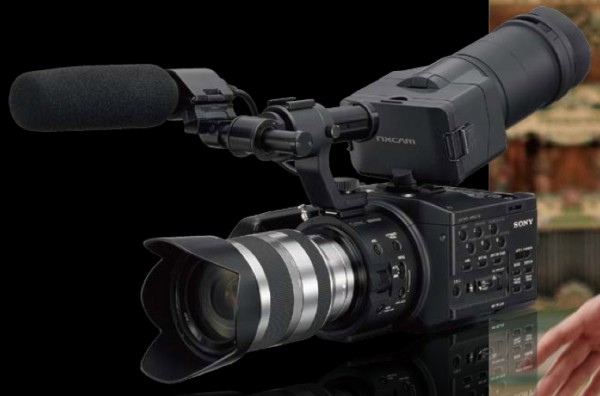
The best thing about is its S35mm-sized sensor, according to Den Lennie the same one found in its big brother, the Sony PMW-F3 (I’ve fiddled with that one before and will post my thoughts on it soon too). Check out the official brochure, here’s the PDF.
This sensor is the same size as a traditional S35mm film frame, so it gives you the exact same DoF features as “real” film cameras. The micro 4/3rd chip found in the Panasonic AF-100/101 is pretty great too, but a tad bit smaller (about 10%), resulting in a larger crop factor of 2x (relative to full-frame 35mm photo sensors like the Canon 5Dmk2). The size of Sony’s imager is closer to Canon’s APS-C sensors, found in the 7D, 60D, T2i/550D and T3i/600D.
Apart from being a really neat little package, the NEX-FS100 obviously features all the bells and whistles we’re used to from larger camcorders: 2 XLR inputs with optional phantom power, switchable frame rates (apparently up to 60p at 1080p, which is bloody good and seems to become the new standard on new camcorders), zebra, peaking, auto focus (yikes – don’t use it), rec review, … (it seems to be missing an ND filter wheel though, which is a shame).
Now, it records in Sony’s version of the AVCHD codec at a maximum of 28 MBit per second, which might not sound much, but is enough for many applications. Modern codecs like this (or the XDCAM EX codec at 35MBit per second) are very efficient and actually often offer more detail than codecs that were not meant to be used for recording in the first place (like the H.264 used by Canon in its DSLRs that still needs to be converted before we start editing in, say, Final Cut Pro 7). The NEX-FS100 can record on SDHC and Memory Sticks – it’s great to see Sony is slowly moving away from Memory Sticks as there is absolutely no point in having a separate standard all the time (yeah, I know, it’s always been a Sony thing to do that … think BetaMax, Atrac-3, MiniDisk … shall I go on?).
Now there is no HD-SDI (like the dual-link HD-SDI featured on the F3), but 4:2:2 HDMI output, which is great, because it allows you to hook up a separate recorder like a Nanoflash, KiPro (mini) or Atomos Ninja and record in a better codec (higher bitrate) and the 4:2:2 color space, which opens up new possibilities in post production (which we don’t have with most DSLRs) and should also satisfy most broadcast stations – they are traditionally picky about such things.
Image quality & world’s first video
Now, the most important part: What do the images look like? I’ve tried the Sony PMW-F3 and I loved its images, while I thought it is overpriced. Actually, I loved them a lot, almost as much as the images from a Canon 5D Mark II, and I think that means a lot, because this camera for me still carries the “shallow depth of field crown”. Now, the NEX-FS100 seems to have the same imager, or a very similar one, and it shows. Check out F-Stop Academy’s world-exclusive preview video of the NEX-FS100 right below, with a detailed description of the camera by Den Lennie, followed by a promo music video they shot within 36 hours with the new camera. Pretty impressive indeed.
Here’s just the music video:
Do check out F-Stop Academy’s great blog on it too, and also their new website – there is a lot of valuable information on their site, definitely worth visiting regularly!
World’s first review
You can find more details a world’s first full review of the camera by Nigel Cooper on DVuser.co.uk, who tested it thoroughly (a pre-production version, I might add), and felt in conclusion that it was a somewhat “rushed product” and gave it only 2 out of 5 stars. I feel obliged to add that he seems to come from a different point of view and compare it to professional camcorders much more than many people used to using DSLRs might ever do. I would take his review with a grain of salt until I get my own hands on it.
He might be right about it being a bit rushed though – it sounds a bit strange that it will only become available starting in July (though that might also be due to export/production troubles in Japan right now, they have more important stuff to deal with currently). Anyway, it somehow sounds like Sony wants to position a competitor to the Panasonic AF100 in the market before everybody has bought one, and understandably so.
By the way, no word about pricing yet, Den Lennie told us he estimates it to be around $5.800, crews.tv estimates $4.500. We shall see – I hope Sony places is competitively against the AF100, but I fear they might add their traditional “Sony bonus” in the end again.
Here’s the official Sony Europe video:
(By the way: Don’t get me wrong, I’m a huge fan of Sony Professional products – but I have had my share of troubles with the “support” side of the company last year when their firmware update bricked my EX3, which took them 6 months (!!) to repair and cost me a fortune in repair costs and also replacement costs … that’s what you get for having the expensive “Silver Support”, which is supposed to pick up a defective camera and give you replacement. Obviously not when their own firmware update fails on you. Anyway, don’t get me started on that story again … Sony really has to make it up to me to ever convince me to buy a Sony professional product again.)
UPDATE: New footage from the NEX-FS100
-
And….what about the lenses? They’re interchangeable, and looks like only sony party in here. They draw a ‘grey’ third party adaptor for other lenses but I’m pretty sure they won’t talk to the lenses in case you use a Canon L lens.
Everything sounds go to me except the design, they skipped this part to deliver fast the product??. Since that concept’s coming from the DLSR they should have taken some ideas, like a second LCD screen for menus or a circular rotating wheel to condense controls maybe.
-
The fact we should even compare a $6000 to $2000 or $1000 ones is a miracle itself. I love the FS100 but for normal consumers the price puts it firmly out their hands, which is a shame. Sony still seem to think good looking professional video must be the preserve of pros or the rich. Well, the Canon DSLRs show that is not the case any more.
Great camera – but not for the masses.
-
Agreed Andrew, It hasn’t been designed to hit the masses i don’t think. My understanding from the one day i offered some feedback was that they wanted to make a camera for events/music video/corporates. As I say in the film , it;s not going to kill anything or any market , but offer the video camera functionality to this who need it abut still want 35mm sensor. For the EX-1/3 owner this is a great progression without the faff of shooting dslr which as we all know can be a pain in doco ‘s for example. I’m all for more choice.
-
-
Hi guys
I’m lead to believe that the E-Mount has been opened up for third party lens mount manufacturers to create an interface. MTF in the UK make a unique mount that allows you to manually control iris. I’m sure someone will create a n interface for L series lenses http://www.birger.com/ are making one for Pana Af100/101 so it would seem logical that they’ll make one for the Sony AF100.
-
According to a press release dated 3-23-11 from Sony USA, pricing for body only is $5850.00. 4:2:2 HDMI 1.4 output is 8-bit, not 10-bit like the F3. No HD-SDI or ND filters is unfortunate at the price point, in my opinion.
-
If Sony would not allow for an EF-mount (or allow others to make one) they would definitely not gain back any market share from the DSLRs. Like Philip Bloom always says, the real investment is not in the bodies, it’s in the glass. An EF-mount is a must to me and the fact that this is Super 35mm sized sensor (much like the 7D) makes it a much more attractive alternative than the Pana AF100 or any other micro 4/3rd sensor camera. 2.0 crop is just too much, if you’re heavily invested in Full 35mm glass. 1.6 (like the 7D or 60D) is acceptable.
Before committing to this investment, I am going to give Canon a chance to get its act together and finally have their video dept start to work with their photography dept. Let’s wait and see what the Canon 5D mark III has to offer; or any other hybrid camera they come up with.
-
This looks like a great camera but it suffers from some strange oversights. not being able to switch pal/ntsc limits it to 25p for pal territories which is a real step backwards and will limit its use by indie film makers. The lack of ND filters is also a big surprise as I would have expected that as standard on a camcorder of this price. Outputting through HDMI to 8bit is also a pretty mean, would it have eat into profits to much for this to be at least 10bit and hdsdi?
in reality though the only main problem is the framerates as the rest can be worked with. I’d like to see 24p on there though before I would splash any cash.
maybe this will be the ex1 version, we can wait and see what they do with the ex3 version.
-
I agree that ND filters would have been nice. We did suggest it but as with everything we can only suggest. What they do is up to them. But given we’re used to using vari ND’s and mate boxes in music video and promos this is not something that will break it for me. I agree the ND’s in the AF100/101 was a great addition. But even thought Pana has HDSDI, it;s still only 8 but and when streaming is only 4:2:0 against HDMI 4:2:2 on the Sony. We should all remember that there is no such thing as the perfect camera. What is exciting is that there is something for everyone. DSLRS have entirely democrotises film making and it is now accessible to everyone. For me I have 3 dslrs and 14 lenses & al accessories, I have an Ex-1 also and would consider trading my EX-1 for the new FS100. I’m not really ione for endless debate about the input/outputs/ and why did they do this and not that… What little time we spent with the camera in the 36 hrs we had really impressed us. It was a prototype and so we only had 60P and 24P enabled. The pictures log really good, clean and the workflow is straight forward. I’m excited that we have so many tools to now choose from….that can only be a good thing
-
Totally agree Den, its a shame that some of the features we have come to expect from sony camcorders are missing though. I also use both DSLR and sony EX1 and like you would consider trading the EX1 for the FS100, I’m just going to hold of and see what the final release offers though. i would really like to see 24p on there.
-
I think the length of the zoom probably wouldn’t be a deal breaker for me, and I think we are so used to DSLR operation now that the lack of a zoom rocker isn’t so bad. But the more I think of what is lacking here it doesn’t seem to stack to well against other cameras in it’s range. I think the main thing I can’t get my head around is that it’s ok for DSLRs to be missing some functionality and ergonomics for video, they are cheap and they are great stills cameras to boot. But when it is a £5000 camcorder, I don’t think i’m happy sacrificing any of the functionality just for the sake of shallow DOF. At the minute I can use my EX1 if I want and if I want shallow DOF I’ve got a DSLR for second camera. Sorry for rambling, I’m thinking it through as I type. I think I have talked myself out of this camera lol.
-
-
-
this camera could make working on set a lot easier due to the in and outputs. but for me, it’s not worth the investment. Not just the 5k for the body! The lenses and all the other accessoires
It sure looks nice but most of us already own cameras capable of same or better image quality and I think this is the most important part.
We already pimped the hell out of our stills cameras and got used to those drawbacks. To be able to have all those in and outputs is more like a gimmick than a must have nowadays.
Even though I’m sick of rolling shutter, moire and compressed H.264 files, the clients love the finished films and I’m still fine with what I have in my backpack.
the new Sony is nice if I would have to buy a new camera NOW, but not a must have at the moment
-
Any mount for the Canon would be probably be passive or have to have a built in iris. Older Canon FD lenses should be adaptable. MFT lenses may vignette because of the bigger sensor. Sony has some nice glass in their Zeiss alpha lenses and their G range. We also may see classic Minolta lenses starting to go up in price. Pity I only own some cheap kit lenses from my old Alpha100.
Stabilisation may be an issue as Sony DSLRs have it in body, I think E mount lenses are the only ones where its in-lens.
MTF that Den mentioned already make PL and Nikon (including G type). One advantage it has over MFT is its going to be a lot easier to find nice fast wide angles.
My feeling at the moment is that there are some compromises in this camera which are regrettable and some of those may be technical and others the dark hand of the marketeers. However, for the price of an F3 body-only, you could probably have a really nice, flexible outfit capable of the same kind of image quality.
The memory module looks a bit expensive. I think something like a Ninja would be worth the extra for the workflow and quality benefits. For an FCP user you would be working with ProRes not AVCHD and the docking station is FireWire not USB2. If you just want something uncomplicated to run a long time I suppose it has a place.
-
This is a great looking camera, though I’m not so sure about the handle. It doesn’t really look very sturdy to me, but since I haven’t had any hands on experience I wouldn’t know. I really like the form factor, since I do a fair bit of traveling it’s nice to have a small camera body which isn’t overly heavy because as you probably know excess baggage on flights can cost an arm and a leg.
I was initially going to invest in a AF100, but since it’s more like the HVX200 and HPX170 it’s a little to big for my liking. The FS100 would fit nicely in my Pelican case along side my 7D.
I won’t be investing any money into any new cameras since I’m still in University and money is hard to come by, but if it’s in the same price range as the AF100 I will probably get the FS100 over the AF100.
-
Intriguing. Great work on the article Nino. Also enjoyed the videos Den! Maybe it’s just me but some of that noise did not seem aesthetically pleasing to me. Made me wonder what Magic Bullet Denoiser would be able to do to that footage.
Looks like a good camera to keep an eye on. I for one am not disappointed by the lack of built in ND filters.
-
Thanks for the article Nino,
I can’t wait to get my hands on one of these and see how good it is. All the different perspectives show that there will never be a camera for everyone but this camera looks to fit into the range where there is a gap at the moment. For guys like me whose last camera cost $50000 this looks like a great new tool, for DSLR enthusiasts it looks expensive. I just love the move forward and all of the great new tools we are being offered. -
Creative Auto mode and a Quick Control Screen both of which are useful for newbies in narrowing the gap between manual control and fully automatic functioning. The camera itself remains in fully automatic mode by default.


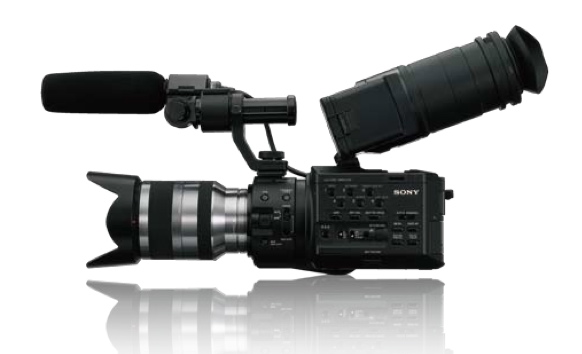
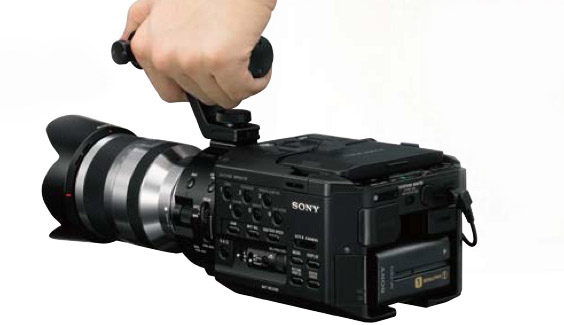
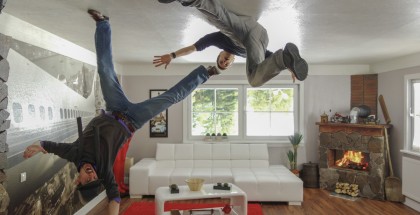
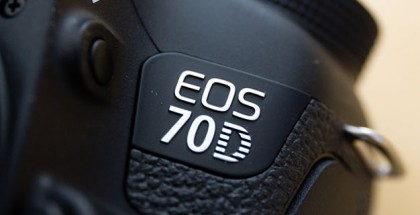
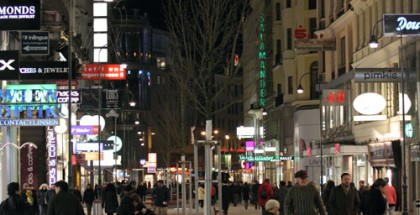
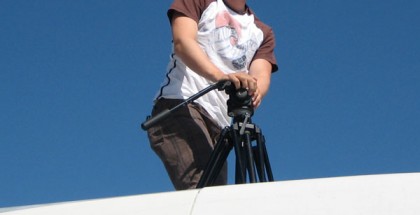
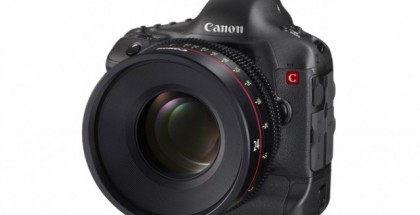
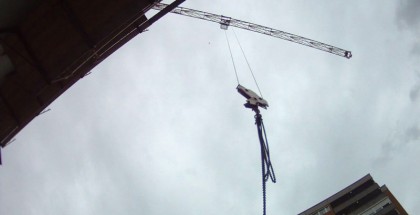
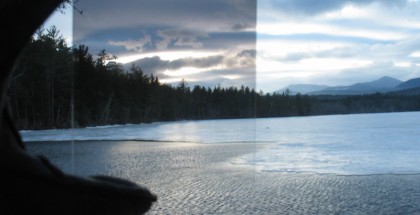
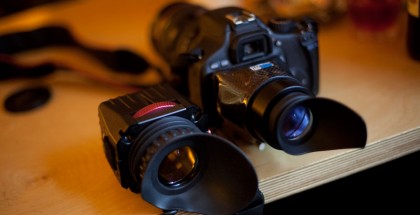












Comments